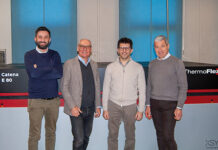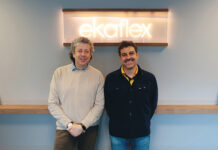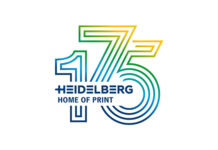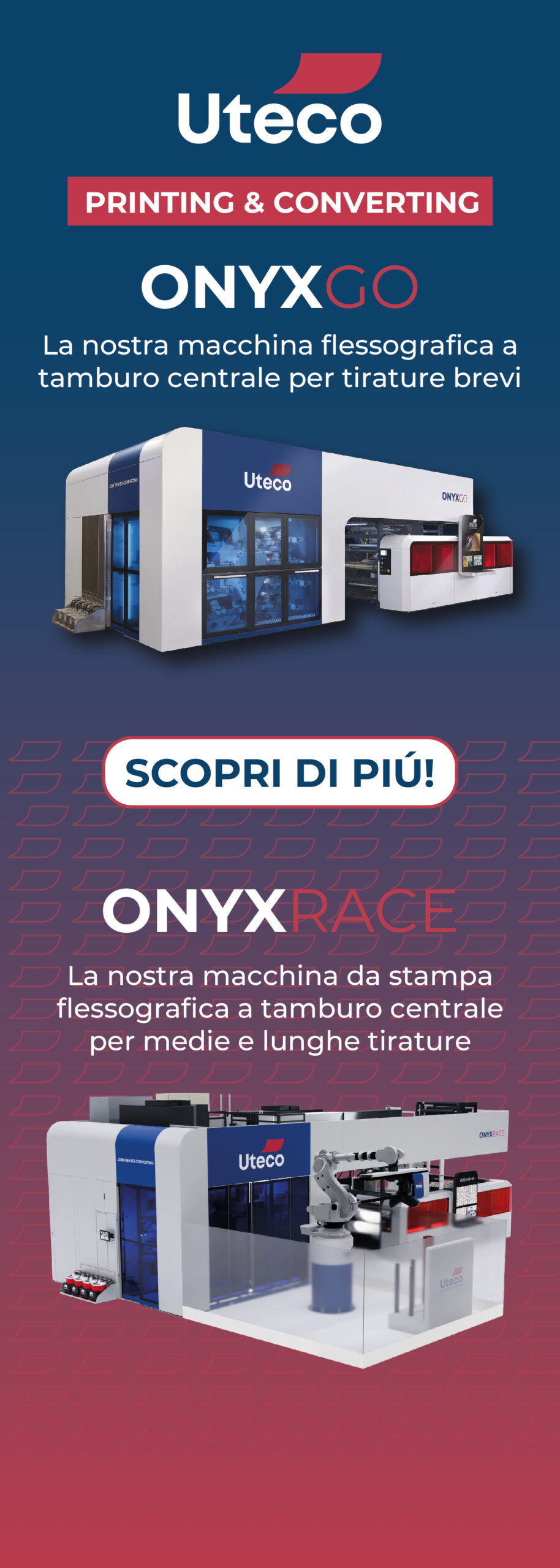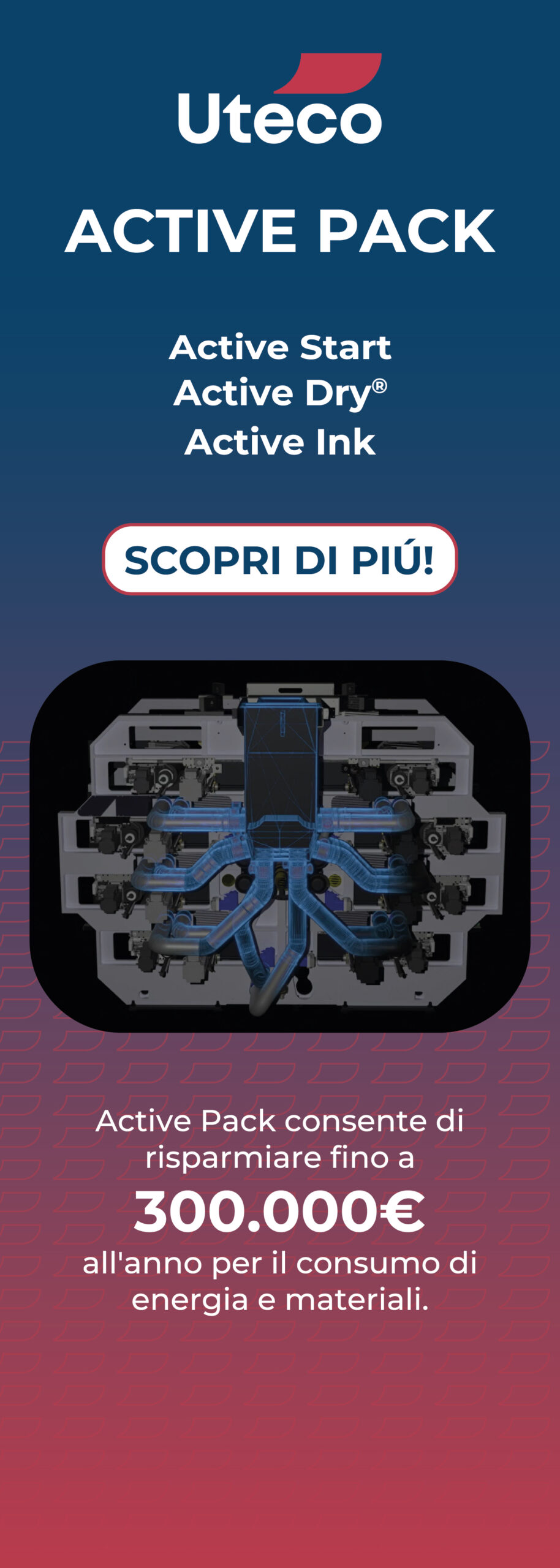2G&P and Ekaflex won the first prize in the wide web paper and cardboard category with an extremely complex technical project, confirming a long-standing partnership that has been strengthened over the years with mutual satisfaction. We discuss this with the key players in the article, also analyzing the complexities of a multi-subject project printed on paper using only process colors printing
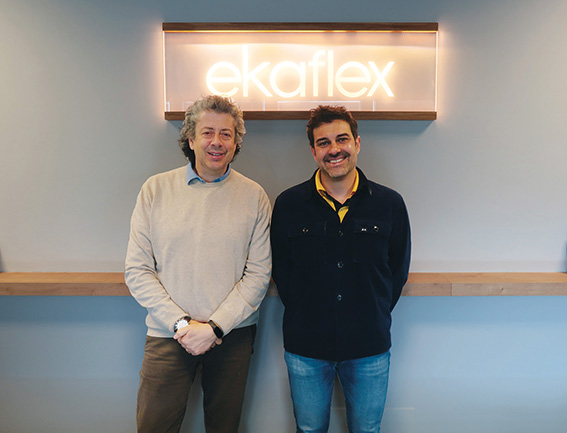
How many times, when we were kids, or even as adults who love trading cards, we have performed that small gesture of tearing the paper flap to open the pack and eagerly discover the precious contents inside? A simple action that brings joy to consumers, who see that printed paper pack as the last barrier to discovering the cards, but which often hides a series of production complexities from a graphic and printing perspective that can only be fully understood by analyzing them deeply.
In the latest edition of Best in Flexo, 2G&P, responsible for the prepress, and Ekaflex, the printer, stood out in the wide web paper and cardboard category, winning first place with a highly complex project. The jury appreciated the excellent match between color proofing and print, considering the numerous subjects and the use of process colors (CMYK) only, as well as the perfect application of colors and the cleanliness of even the smallest texts.
A consolidated and multi-awarded collaboration
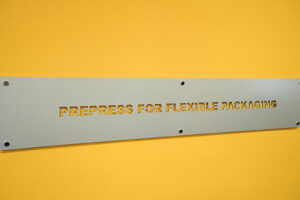
“The collaboration between 2G&P and Ekaflex has been long-standing and has always been based on a very high quality and service target, not only demonstrated by this latest award but also by many other recognitions in various categories obtained over the years”, says Paolo Ghedini owner of 2G&P.
The work presented by Ekaflex for this competition consisted of multiple subjects with different graphics combined on the same print width. The additional complexity was reproducing a series of bright tones using only process colors, achieving a perfect color balance across the entire plate and all subjects.
The details of the job: technical complexities in prepress and printing
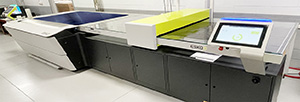 “Creating a job in process colors printing means making compromises on certain color tones. Often, people confuse achieving specific densities with achieving color reproduction. The microcell technology used in today’s flexo printing allows for densities and color applications that were unthinkable just a few years ago. However, reproducing certain colors with only four colors simply isn’t possible”, says Ghedini, showing a print sample of the award-winning project. 2G&P prepress technicians worked on the files and color proofs to maximize process colors reproduction. Our job in these cases is to achieve the best possible fidelity without adding special colors. It becomes even more complex when there are multiple subjects with different tones on the same plate.
“Creating a job in process colors printing means making compromises on certain color tones. Often, people confuse achieving specific densities with achieving color reproduction. The microcell technology used in today’s flexo printing allows for densities and color applications that were unthinkable just a few years ago. However, reproducing certain colors with only four colors simply isn’t possible”, says Ghedini, showing a print sample of the award-winning project. 2G&P prepress technicians worked on the files and color proofs to maximize process colors reproduction. Our job in these cases is to achieve the best possible fidelity without adding special colors. It becomes even more complex when there are multiple subjects with different tones on the same plate.
The complexity is present both in printing and in preparing colors, files, and plates, where are necessary a perfect color calibration, an accurate matching of cromalin proofs to ensure an excellent quality job across the entire plate for each subject. In the award-winning project, there were even six subjects. Naturally, the printer faces the same challenges of maintaining the printing characteristics identified during tests, which isn’t easy when handling so many subjects together. “I am very pleased that the technical jury fully appreciated the complexity of this project at every stage, from prepress to final printing, as a demonstration of the care that each of us has put into this work”, says Paolo Ghedini with great satisfaction.
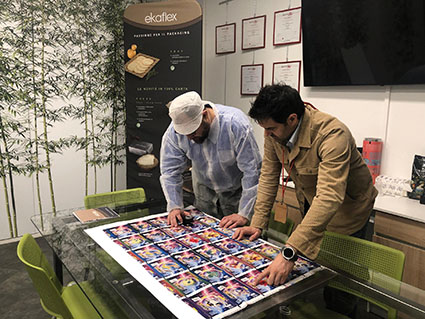
The jury also appreciated the reproduction of the texts, even the finest ones, for which 2G&P adopted specific patterns to contain any smudging caused by the printing pressure, which can create an unpleasant thickening of letters. The cleanliness of the screens and ink laydown were also praised. Thanks to dedicated software, 2G&P is able to generate patterns, screens, and microcells that go beyond the standards available on the market, ensuring particularly accurate reproductions. “The ability to intervene and manage the construction of these patterns”, adds Ghedini, “allows us to work ad hoc for each customer’s specific needs. We managed to achieve extremely clean minimum dots, combined with halftone cleanliness and perfect laydown in the solids, contributing to depth in the images and truly excellent color contrasts. We worked a lot, for example, on the development of specific microcells for white, both for flexible packaging and for UV world, which took us more time due to the characteristics of the inks used. However, in the end, we managed to achieve what we wanted: patterns that provide incredible results in both sectors while ensuring significant ink savings with the use of anilox rolls with lower ink volume yet better laydown. In several cases, customers can even use a single white ink where they were previously accustomed to use two overlapping layers. This has all been documented by several clients who have openly expressed their great satisfaction. The research and development we carry out internally allows us to offer our customers an array of highly advanced technological solutions, while also ensuring significant ink savings. We are always available to explore different solutions; of course, we need our customers to test them in the field, but I can guarantee that wherever this has happened, we’ve achieved remarkable results for everyone. This year, we will transition all production to the two new Crystal imagers we have, while still keeping the traditional imagers running for reprints. We currently have a production capacity that exceeds our immediate needs, which allows us to offer extremely fast response times and prepares us for new challenges. One aspect that remains very important to us is involving our customers in trials and tests to assess the right technology to adopt based on their specific requirements with the goal of reducing critical issues, solving potential problems, and simply printing at the best quality. I emphasize, in production! Because we produce plates that must achieve the best results even in large runs. Not proofs to frame. The effort and time we dedicate to this is more than repaid by the satisfaction expressed by our customers”, concludes Paolo Ghedini.
Face to face with Giorgio Branchini, production manager at Ekaflex
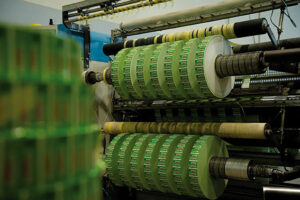
Once again on the podium at Best In Flexo, you seem to have developed a taste for it, and each year, the bar is set higher. What were your thoughts when they called you up to the stage?
“A result like this is never granted. For us, quality is not a single performance but a constant commitment to maintain a high standard. The pursuit of the best result comes from experimentation and internal development, but also from a synergistic collaboration with our suppliers, as in this case with 2G&P. When they called us on stage, the emotions were many: satisfaction, gratification, but also a greater awareness and responsibility towards our clients. Every award is a milestone, but also a starting point to raise the bar even higher”.
How was the winning job chosen, and what were the determining factors in creating a project capable of standing out in the competition?
“The winning job doesn’t come from a predefined selection, but is the result of a mix of ingredients: consolidated experiences, technical skills, and a shared vision with our partners. It’s the outcome of a process that combines professionalism, innovation, and close collaboration among all the involved parties. In the world of flexographic printing on paper, each project is a challenge in itself. What makes the difference is the ability to combine innovation, precision, and attention to detail. In this case, the choice fell on a job that best represents our philosophy: quality, complexity, and collaboration”.
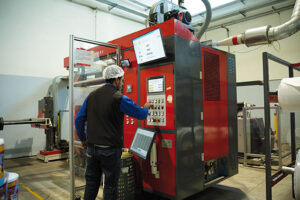
What challenges did you face for this project, and how did you overcome them?
“The constant challenge is offering the best quality printing results to every client. There are no ‘A-list’ or ‘B-list’ clients: every project deserves the utmost attention. In this case, the complexity stemmed from the need to manage multiple subjects with different tones using only process colors. A good team workout and thorough technical preparation before the ‘race’ allowed us to overcome the difficulties and reach the finish line. The collaboration with 2G&P was fundamental, especially in the prepress phase, where color calibration and file management required absolute precision”.
2G&P has been a long-standing partner for you, and together, you have won several awards at Best In Flexo. What do you particularly appreciate about their service?
“2G&P is a partner we have been working with for years and with them we share a common vision on quality and innovation. We particularly appreciate their ability to guarantee fast response times and consistency in performance, elements that contribute to the success of our projects. Their professionalism and technical expertise were crucial in complex jobs like the one that won the award”.






